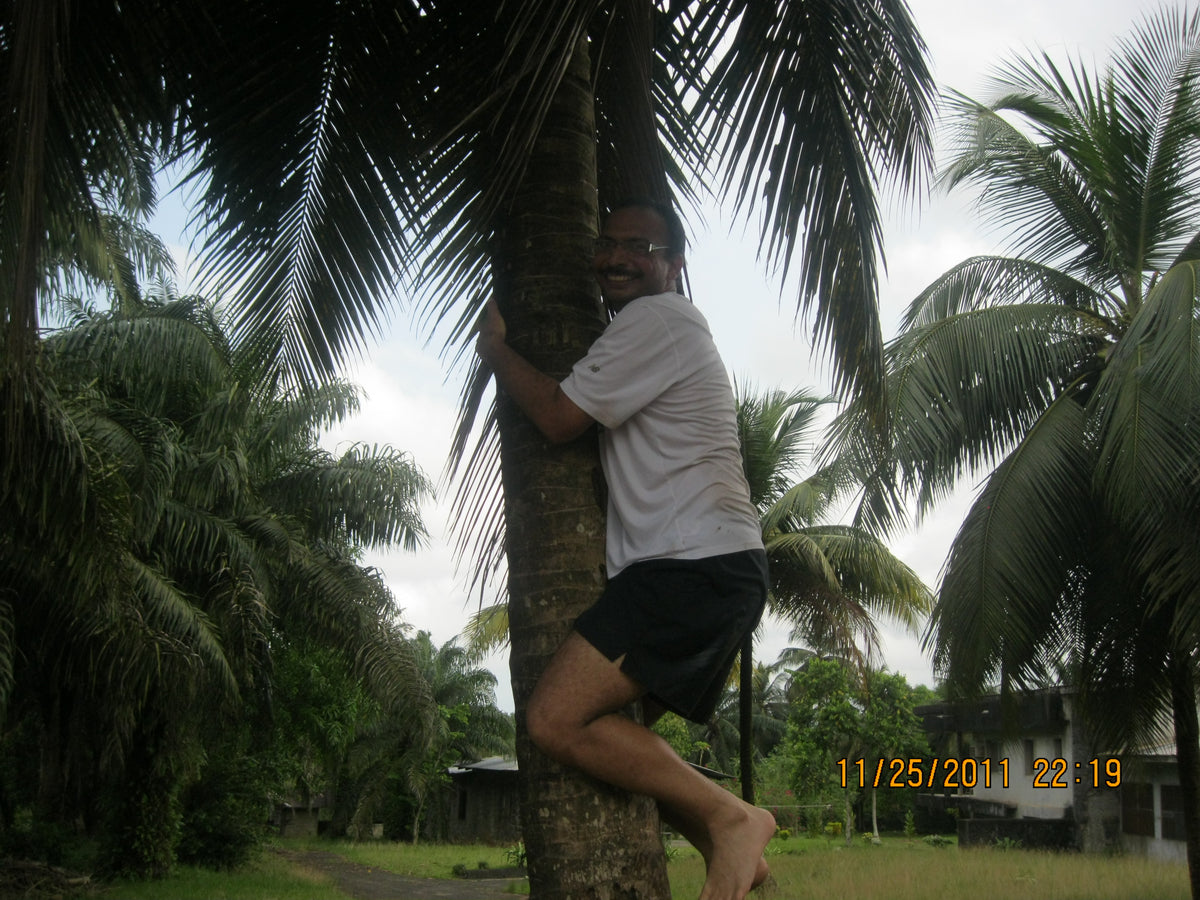
Spring Showers and Muddy Trails: 10 Tips for Best Comfort While Trekking
Heading out on your well-planned weekend backpacking trip with rain in the forecast? Maybe it’s a quick overnight trip with a high chance of getting soaked? Or possibly a soggy day hike on your favorite mud-laden trail? Don’t let the weather mess with your plans. Trekking through rain can still be enjoyable as long as you take the proper measures to stay dry and comfortable.
Here are 10 ways to help ensure your next rainy trek goes off without a hitch.
1. Layer with rain gear in mind
Base or mid-weight layers are the simplest, most comfortable, and least restricting way to make the most of a hardshell outer layer. These simple layering items will keep your jacket and pants from making contact with your skin and will stretch with any movement.
2. Pack hardshell pants and jackets that breathe

Our waterproof pants and jackets will keep you dry on any trek, no matter how hard it’s raining. The last thing we want is for our jackets to trap in all the heat your body’s giving off and get your body wet from the inside. With our eVent® technology, our waterproof gear lets any internal moisture out as soon as it’s generated, keeping you dry.
3. Wear synthetic insulation
Some fabrics are terrific in dry situations, but are rendered virtually useless in wet climates. That’s why it’s a great idea to keep synthetic insulation around. Even when it gets wet it’ll still maintains its shape when wetness sets in, keeping you warm and dry.
4. Waterproof your pack
While your body might be waterproofed and feeling great while you’re trekking, it's important to make sure the contents in your pack stay dry.

There are a couple of ways to do this: by investing in a rain fly to secure over your pack when it starts pouring or putting everything in individual waterproof stuff sacks. The latter allows the outside of your pack to get wet, but keep in mind that a wet pack is a heavier pack. Alternatively you could use both a rain fly and waterproof stuff sacks.
5. Open your pack as little as possible
Every time you open your pack you or open your rain fly, more rain gets in. This wetness will build up and will likely stay with you throughout your entire trip. Pack your snacks and heavy-use items in waterproof stuff sacks and put them in pockets on your pack.
6. Bring the right food
Even if you’re the best backpacking chef on the planet, cooking in the rain is no fun. Pack food items that can easily be eaten on-the-go like Mountain House adventure meals.
7. Keep your map and electronics in a dry bag
A soggy map, waterlogged GPS, satellite phone, headlamp, etc. become dead weight if they get destroyed by the rain. Put them in a dry bag until it’s absolutely necessary to use them.
8. Wear waterproof boots and gaiters on short trips

Keep your feet dry and happy with waterproof boots; and it’s even better if you layer your gaiters beneath your waterproof pants. This is a great system since it keep rain out by sealing the gap between your pants and boots.
9. Take care of your feet
As with any long distance trek, your feet are bound to get beat up. If they somehow manage to get wet you’re more likely to develop blisters on your feet when the essential oils are rubbed away even faster by wet socks. Take care of your feet by regularly applying skin salve and balms.
10. Keep wet gear out of your tent

The vestibule on your tent is where all your weight items go. Once you drag something wet inside your tent, everything’s going to get wet. You, your sleeping bag, and sleeping pad will quickly get wet and result in one unhappy camper.
Regardless of the forecast, get out there and fun!
Leave a comment
Comments will be approved before showing up.





